So you have found yourself with a little pup that doesn’t know any better, or an old dog that is more likely to learn a new trick before dropping a bad habit. Basic manners for dogs are pretty simple, and most pet owners want their fuzzy loved ones to be well behaved.
See also:
From the simplest expectations to the better basics you’ll have everything you need to start bringing your canine friend into civilized dog society.
Do not let your pup push you around
First and foremost, do not let your dog be the alpha. There are a ton of tips and tricks for this, most of which require bringing out your own inner animal. Growling at them, showing your teeth and a rough nibble on an ear are all hacks that are rumored to work but at your own risk!
A lot of people are hesitant to bring out these tactics because they can be seen either as dangerous or destructive to the bond between pet and pet parent.

If you are not pro-growling, you now face the struggle of patience and being consistent throughout your time with your pup. Not letting your dog push you around starts and ends with having a few no-nonsense rules:
- When on a leash, don’t allow your dog to pull, try these methods to put an end to pulling:
- Stop and refuse to go forward.
- Gently pull back when they pull
- Reward calm walking behavior
- Do not allow your dog to attempt to remove anything from your hand without being invited.
- Do not allow your dog to jump on you or other people without being invited.
These are the three points that we see these are the biggest impact on all other behaviors. If they feel that any of the above is okay, it will make any other action seem perfectly fine as well. And, it is not because they’re a bad dog by any means!
They get excited and if they’re the alpha they will behave however they see fit. So how do you beat this without the growling? Repeatedly saying “No” sternly and correcting the behavior immediately, then repeat.
A quick tip for jumping is to, in a low and even says say “No” and guide your dog back to all fours. When they back down after the initial “No” you can begin the positive acknowledgment that they understood you.
Other Animals
Most dogs will get along with other pups very well if they had a chance to socialize as a puppy. However other animals aren’t always seen with the same mindset. If your dog is young you have the great opportunity to socialize them with many animals. Trips to the pet store can let them see and experiences bird, rodents, lizards and more.
On the flip side, if your pal is a little older and already has some aggressive or adverse reactions to other animals it is probably best for all involved to keep them out of those situations. However, if your canine friend does not like being around other animals they are not missing out on these experiences that some other dogs enjoy.
The Common: Sit, Stay, Come.
These are the three most basic commands and build a foundation for most other manners for dogs. With these three you can assist your pal in navigating social situations with ease and comfort.
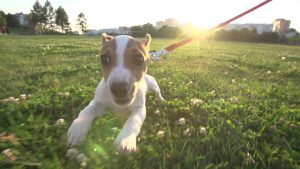
Sit
Teaching your pup to sit can not only be a fun experience but a bonding one too. With a treat nearby, place one hand on your dog’s hips and the other under their chin.
While the hand that is on their hips goes down, pull your hand that is under their chin up as you say “Sit.” It gently guides them into a sitting position, and then gives lots of slightly unearned praise and a treat. As they begin to act without your hands bring on even more appreciation!
Stay
Stay is a command that is learned through a lot of repetition, more so than the other foundations for basic good manners. Firmly say, “Stay” or use a preferred hand motion and slowly back away. When they move gently say “No” and repeat with the “Stay” command. Again a lot of treats do really well in this one!
Come
“Come” is the easy manner, once your furry friend responds to their name they will often naturally come to you when called. However if you know you’re going to be in a lot of public places, start with a lead in the backyard and allow it to get longer as they respond more positively to greater lengths of time going by without being called.
Things – From Furniture to Small Objects
Climbing Up
There are many dog lovers out there who don’t mind their canine friend jumping onto the couch, and many pet owners love snuggling at night with an extra furry cuddle buddy. But, if you intend on taking your dog to people’s homes or public places they need to know the difference between being invited and taking their own liberties.
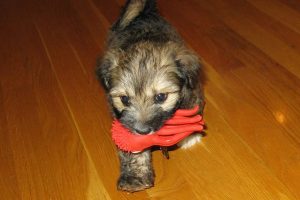
“Drop It”
Essentially, this starts out as teaching your friend to play fetch. Find a toy they like and give it a toss then after they get it, call for them to return to you. When you say “Drop” or use your hand signal, you may have to initially take a little tug at it to help the process along. Then repeat.
The importance of this is not to play fetch though. It is at the time that they get ahold of something you don’t want them to have and for them to be able to respond quickly.
From the TV remote, or the baby’s blanket drop it can quickly divert damage. It is also great for small animals that may fall prey to any dog’s natural curiosity.
Bad Behaviors – Chewing and Digging
Puppies chew, the poor little guys are teething and chewing helps ease their discomfort. But, it should be designated chew toys. If you find your pup chewing on anything they are not supposed to, take it away, but replace it with an approved for chewing item.
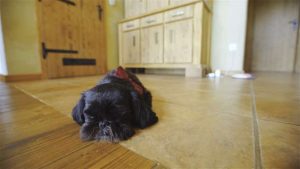
Chewing
Although chewing is usually temporary digging can be a lifelong bad habit for dogs. Digging is a sign of pent-up energy, and if you see any dog digging they could probably be distracted with a good walk. Now, if you’ve been taking her on walks regularly and there’s still digging… it may be time to designate a spot in the garden.
Digging
Giving her a safe space to dig if she is insistent will keep her out of the garden and away from potentially toxic plants. Do this be marking a square with fresh gardener’s soil and fencing it off from any nearby grass or plants. Anytime you see digging starting, direct them towards their square.
Consistency
Consistency is the biggest factor in having a canine friend with basic manners. While dogs learn tricks all the time, it is after the treats are frequent and in difficult to concentrate situations that you see your hard work at building these manners truly come out. When you know you’re building up your canine friend’s manners keep an eye on them constantly and reward them whenever they do well!
 Best Wireless Dog Fences Review 2019
Best Wireless Dog Fences Review 2019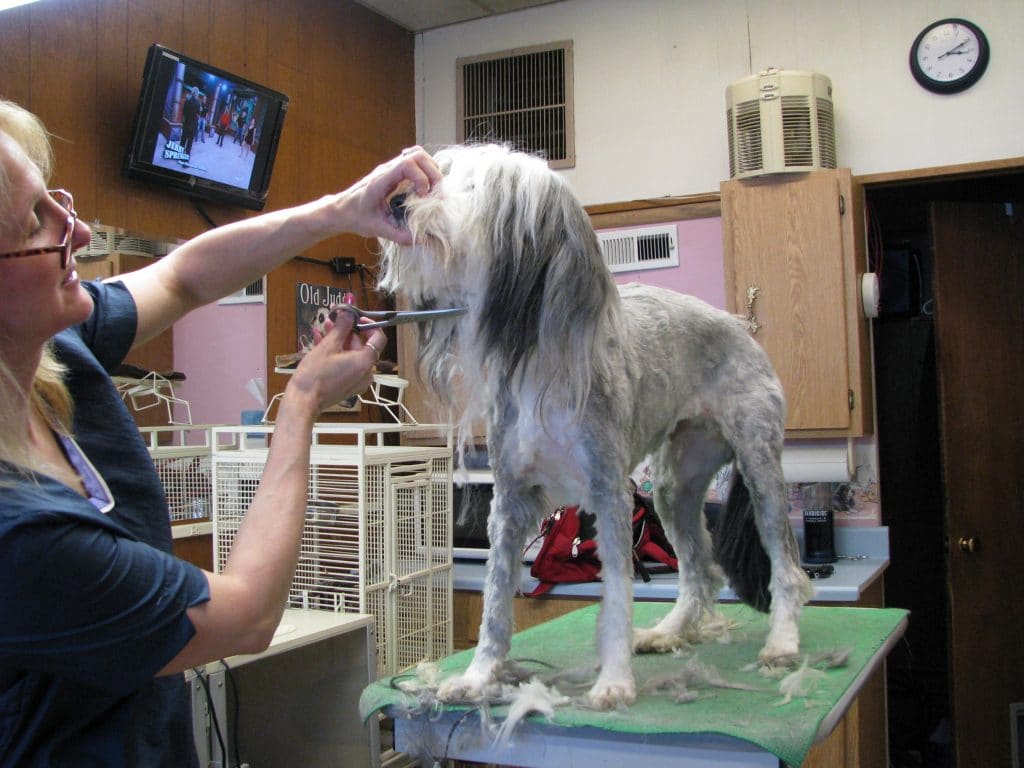 The 5 Best Dog Grooming Shears 2019
The 5 Best Dog Grooming Shears 2019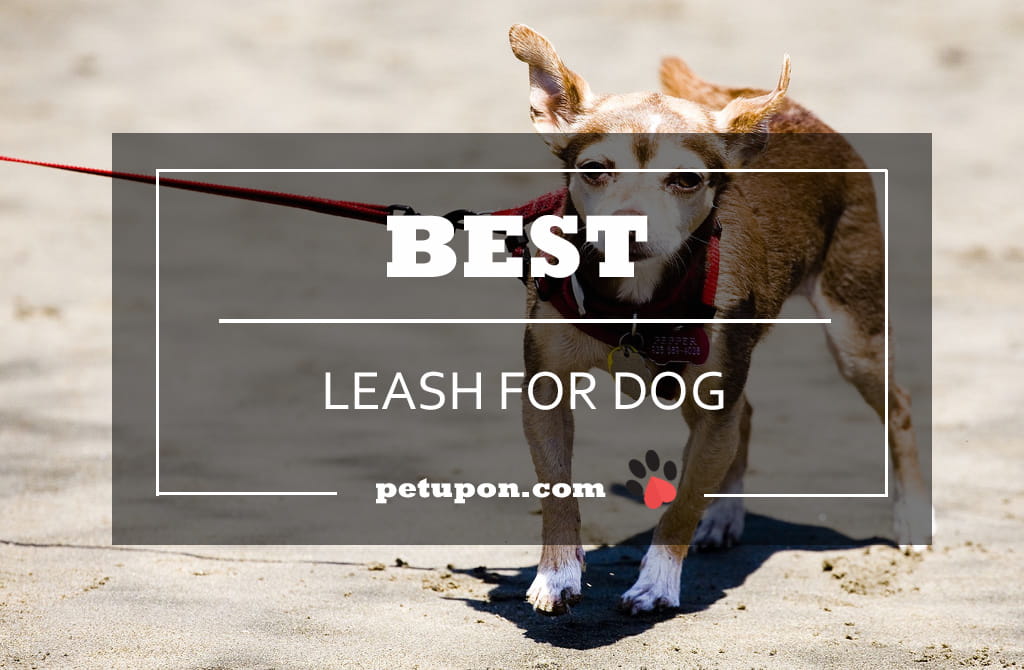 Best Dog Leash for Pulling
Best Dog Leash for Pulling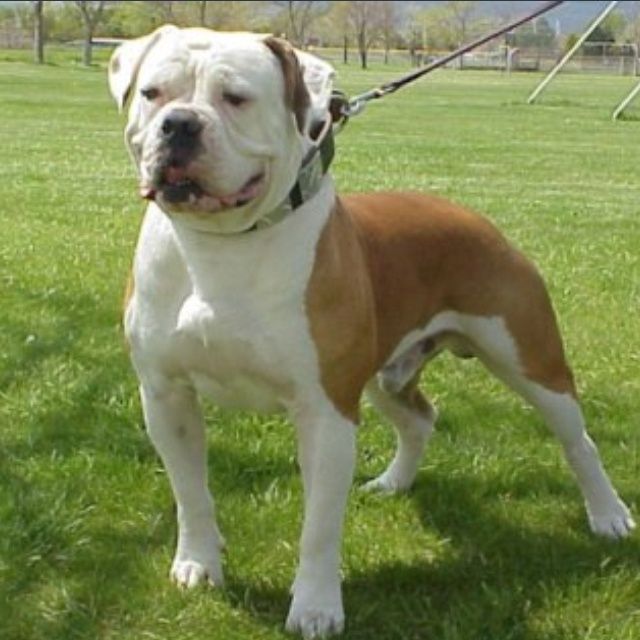 The Shining American Bulldog
The Shining American Bulldog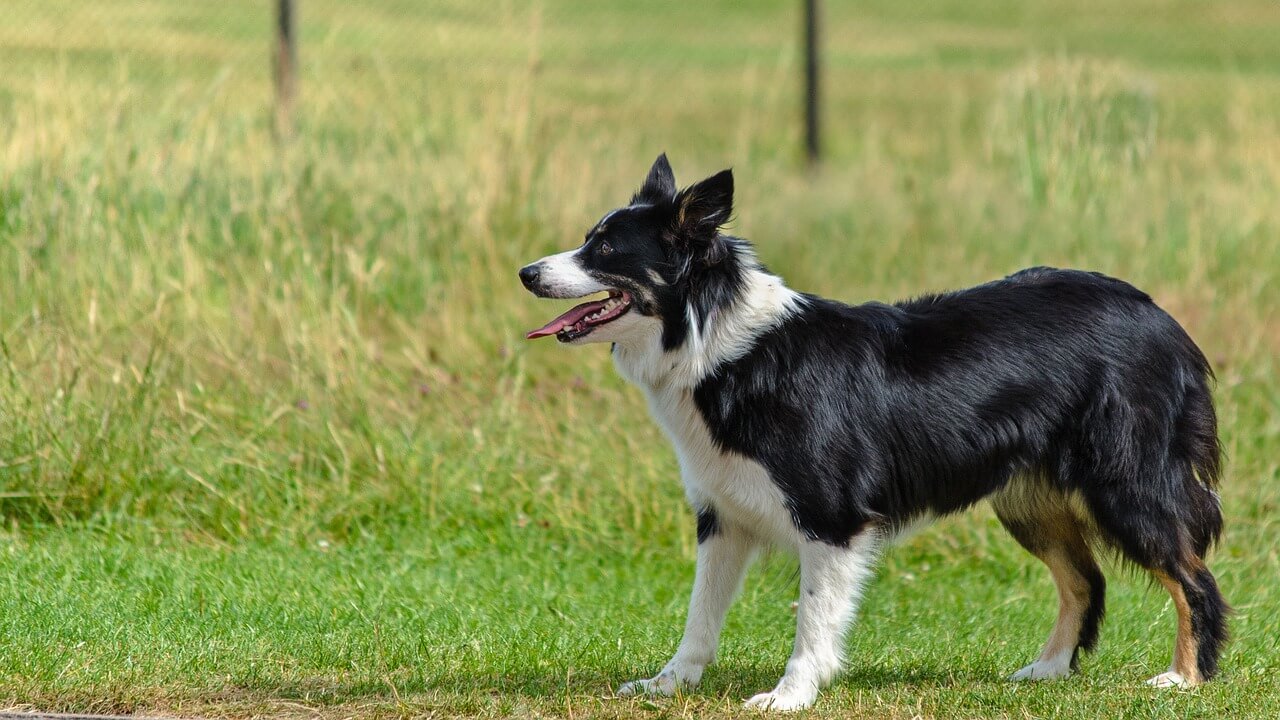 Border Collie Shedding: Best Methods and Tools for Deshedding
Border Collie Shedding: Best Methods and Tools for Deshedding
Leave a Reply